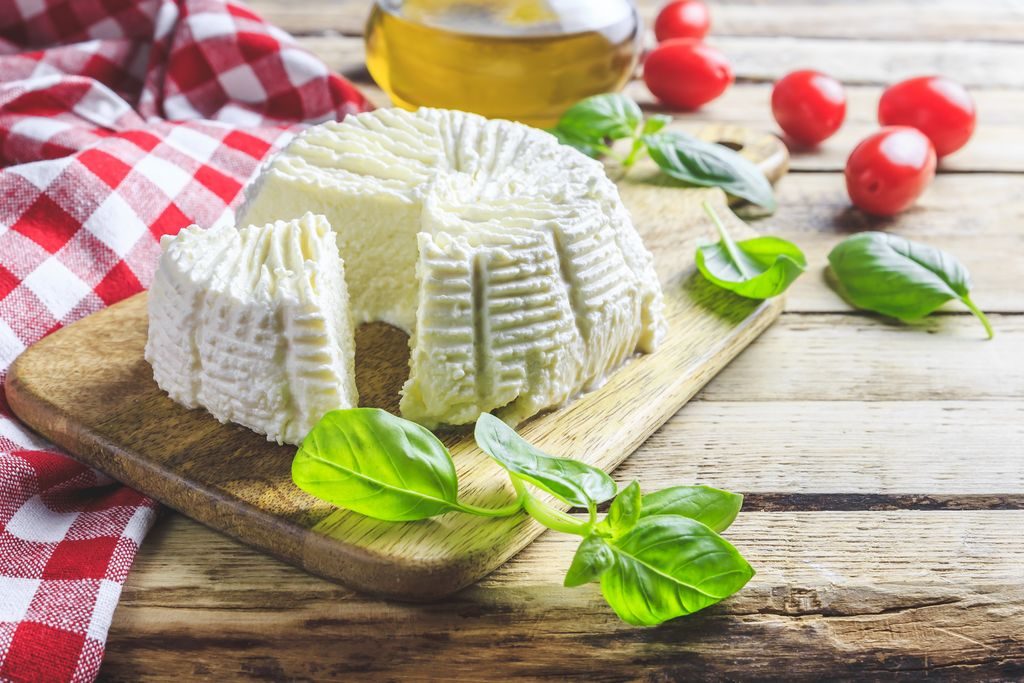Ricotta cheese
Ricotta is contained in many traditional Italian dishes: from stuffed pasta to Sicilian sweets, from ravioli to savory pies.

Ricotta is a typical Italian dairy product: fresh and delicate, it is the basis of numerous recipes and can also be tasted alone, as an accompaniment and even as a sweet ingredient in the case of the famous Sicilian cannoli and many other cakes and desserts.
How is ricotta made?
During the processing of cheeses and mozzarella, whey is obtained: it is thanks to this, with a further process, that the ricotta is made. The whey is in fact heated to 90 ° and acidified so as to make the ricotta surface, thus obtaining this fresh dairy product “twice cooked”.
Types of cottage cheese
Ricotta is usually made from cow’s or sheep’s milk, but ricotta made from goat’s milk and buffalo’s milk are also widespread. The most common ricotta is fresh, however dried ricotta, also known as salted ricotta or seasoned ricotta, is added with salt specifically to keep it longer and is used in the kitchen to flavor first courses (for example grated on traditional pasta alla Sicilian standard) thanks to its more intense taste.
In addition to the basic differences depending on the type of milk used and storage, there are also other types of ricotta, less common but still very popular:
- strong ricotta: typical from Puglia, it is characterized by a spreadable consistency and a warmer color than traditional ricotta;
- Roman ricotta: made from sheep’s milk, has its PDO denomination;
- smoked ricotta: derives from goat milk, which makes it slightly salty, and is produced in the province of Reggio Calabria.
Ricotta cheese in the kitchen
The uses of this dairy product are truly varied: fresh, raw or cooked, ricotta is a fundamental ingredient of many Italian dishes. It is used in many types of savory fillings: for tortelli and tortelloni, as a filling for lasagna, cannelloni and ravioli, in savory Easter cake and for other pies. Even the sweet recipes see ricotta among their ingredients: just think of the Sicilian cassata and cannoli, rigorously stuffed at the moment with fresh ricotta and sometimes mixed peels, pistachios and chocolate chips, or Neapolitan pastiera, ricotta tarts, rollò and many other very soft desserts. It can also be eaten on its own as a lighter alternative to classic desserts, simply flavored with a spoonful of honey.
Nutritional values of ricotta
Ricotta is an excellent source of calcium and saturated fatty acids. It contains lactose, therefore it cannot be taken by those who are intolerant. It is often used in controlled food regimes because it is in fact digestible, nutritious and low in calories: 100 grams of ricotta contain 138 kcal.




